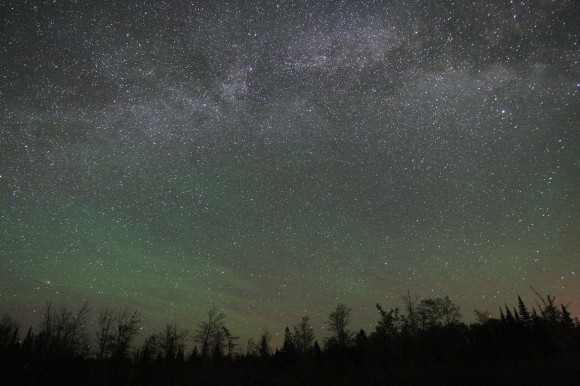There's a great story about why the sky is blue during the day, and turns golden during sunsets:
Rayleigh scattering affects blue light more. During the day, blue light from the Sun is scattered towards us from all directions, causing a blue sky. During the sunset, the length of atmosphere the light from the Sun has to travel through becomes so long that the blue is depleted, giving the sky a golden color.
However, it seems this can't be the full story, because photographers know that after sunset, there is a so-called blue hour where the color of the sky becomes a deep blue again. Why would the color go from blue to golden to blue again?
Wikipedia states very strongly that explanations of this in terms of Rayleigh scattering are wrong, and that the real explanation is the absorption of blue light by ozone. But it doesn't explain why that would create the effect. If the blue light is not reemitted, then this just amounts to having less blue light, so it can't explain why the blue hour is more blue. And if the blue light is reemitted, then the effect of ozone should qualitatively be very similar to the effect of Rayleigh scattering, since it's just another scattering route that favors blue light, leading us back to the original puzzle.
What's the right explanation for the blue hour?


Best Answer
Ozone doesn't absorb blue light (much): on the contrary, it absorbs red light much more, thus making the sky look blue. See in particular my answer for the question at Chemistry.SE: What exact color does ozone gas have?. Here's spectral cross section of ozone absorption in the visible(+NIR) range — the Chappuis band:
To the comment:
During the day sunlight passes much smaller distances through the atmosphere, thus is absorbed less. For the same reason it's reddened less by Rayleigh scattering, leaving more blue light to make the sky blue. Thus ozone has much smaller effect on daytime sky.
During sunset much of the sunlight passes through the troposphere, getting redder, while getting scattered into the observer more than from the stratosphere where most of the ozone layer is located (due to higher concentration of air molecules). So the ozone absorption effect is also less pronounced.
And at twilight the Earth's shadow prevents light from passing through troposphere, making the only light visible scattered from the stratosphere and above, and this light in large part gets there through the ozone layer, traversing it through the long dimension.
I have actually tested this ozone explanation of blue hour, using the Precomputed Atmospheric Scattering code to render two versions of the same scene: one for atmosphere with an ozone layer and another without any ozone. Here are the renderings of the Belt of Venus (ignore the white sphere in the center, it's just an irrelevant part of the demo scene):
With ozone layer (the normal Earth atmosphere):
Without any ozone: